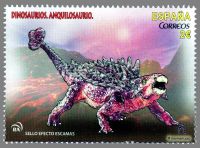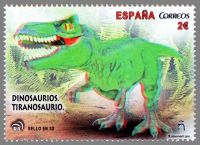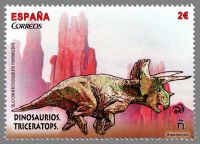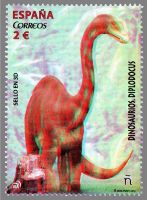Spain 2015 "Dinosaurs (1st)"
| <prev | back to index | next> |
| Issue Date | 07.05.2015 |
| ID | Michel: Scott: Stanley Gibbons: Yvert: UPU: ES045.15 Category: pR |
| Author | |
| Stamps in set | 4 |
| Value | €2 Ankylosaurus €2 Triceratops €2 Tyrannosaurus €2 Diplodocus |
| Size (width x height) | 57.6 mm x 40.9 mm |
| Layout | Sheets of 16 and sheet of 12 stamps (Anquilosaurus) |
| Products | |
| Paper | gummed |
| Perforation | 13x13 |
| Print Technique | Offset, scales texture, R.A., phosphorescence, 3D |
| Printed by | RCM-FNMT |
| Quantity | |
| Issuing Authority | Correos Y Telegrafos SA |
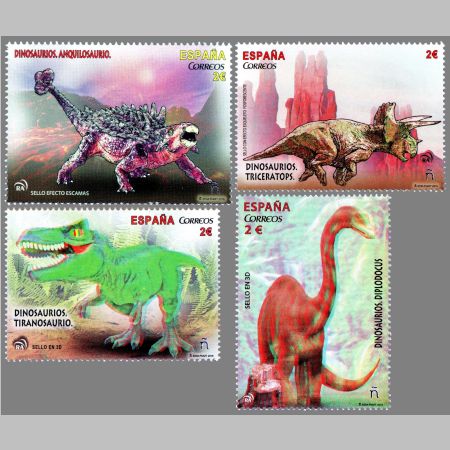
On May 7, 2015, Post Authority of Spain issued the first stamps of Dinosaurs. The set contain four stamps each one printed with different technique: scales texture, Augmented Reality, phosphorescence, 3D and special glasses, which allows to some of the effects.

All of the dinosaurs shown on the stamps are "classical", well known to wide public, but fossils of none of them are found in Spain. The dinosaurs are depicting at "children draw" style, another weakness of these stamps is the price. Euro 2 each it is very expensive even for European country and make their postal usage very limited. Seems as they issued with a purpose to be sold for collectors, rather to be used on letters, therefore these stamps are marked as undesired.
These stamps, as well as the book "A dinosaur in your mailbox", presented to a public on 47º Expo National stamp fair in Madrid. This year, the main theme of the fair was linked to these prehistoric animals, with the intention of attracting the children and young people in addition to those interested in philately.
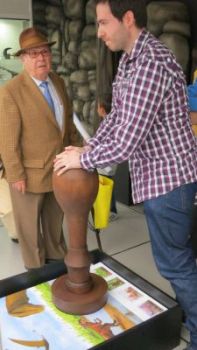 |
 |
| Images above are from Dinoweb website | |
Official description of these stamps is:
"The Earth was once inhabited by strange prehistoric creatures that suddenly died out around 65 million years ago. They were the dinosaurs or "terrible lizards", a compound Greek word first used by scientist Richard Owen in 1842. This stamp series will continue next year and is issued using novel printing techniques such as phosphorescent stamps, scale textures, 3D and Augmented Reality (AR).
| Commemorative post marks | |||
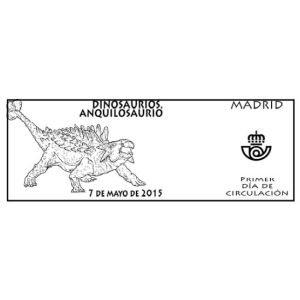 |
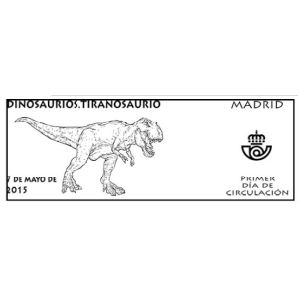 |
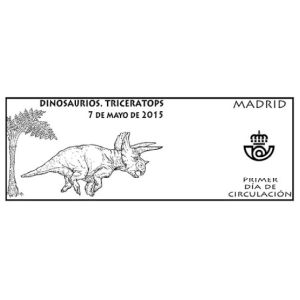 |
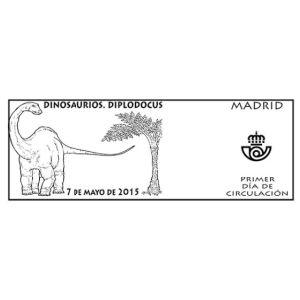 |
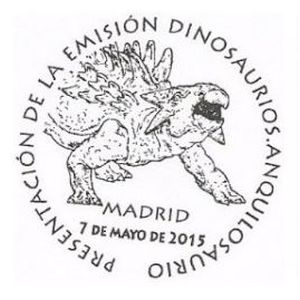 |
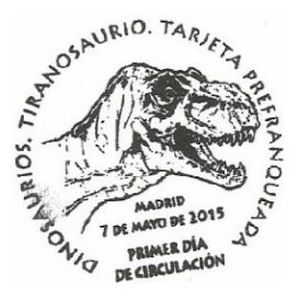 |
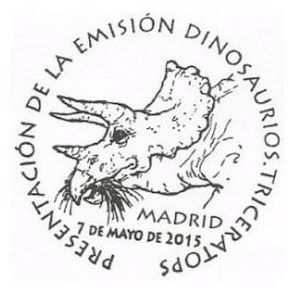 |
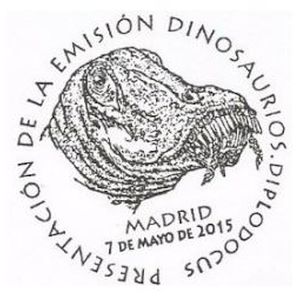 |
| FDC | Mini Sheet with some illustration on the margins |
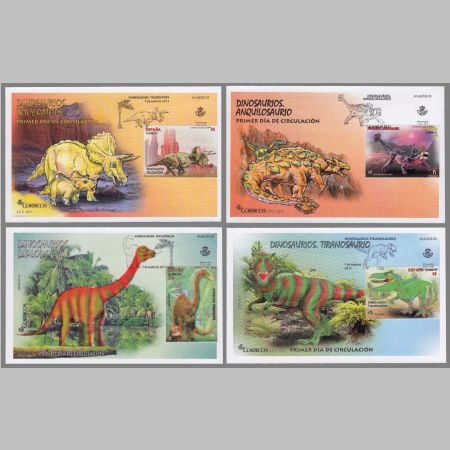 |
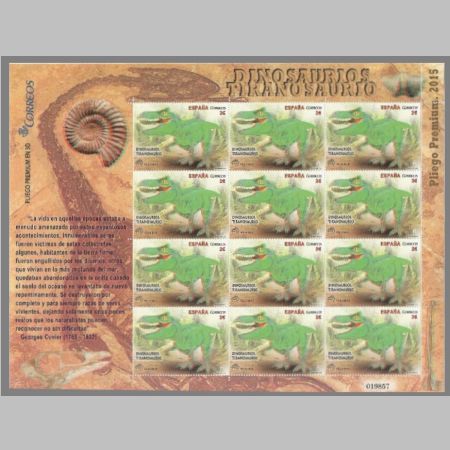
|
| Post card | |
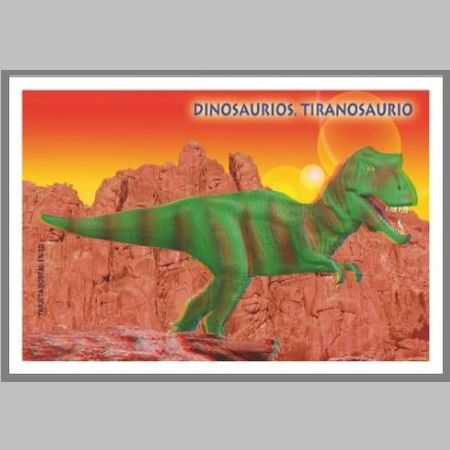 |

|
References
Dinoweb, Correos Spain| <prev | back to index | next> |
Last update 12.12.2017
Any feedback, comments or even complaints are welcome: admin@paleophilatelie.eu (you can email me on ENglish, DEutsch, or RUssian)
